Lesser White-fronted Goose
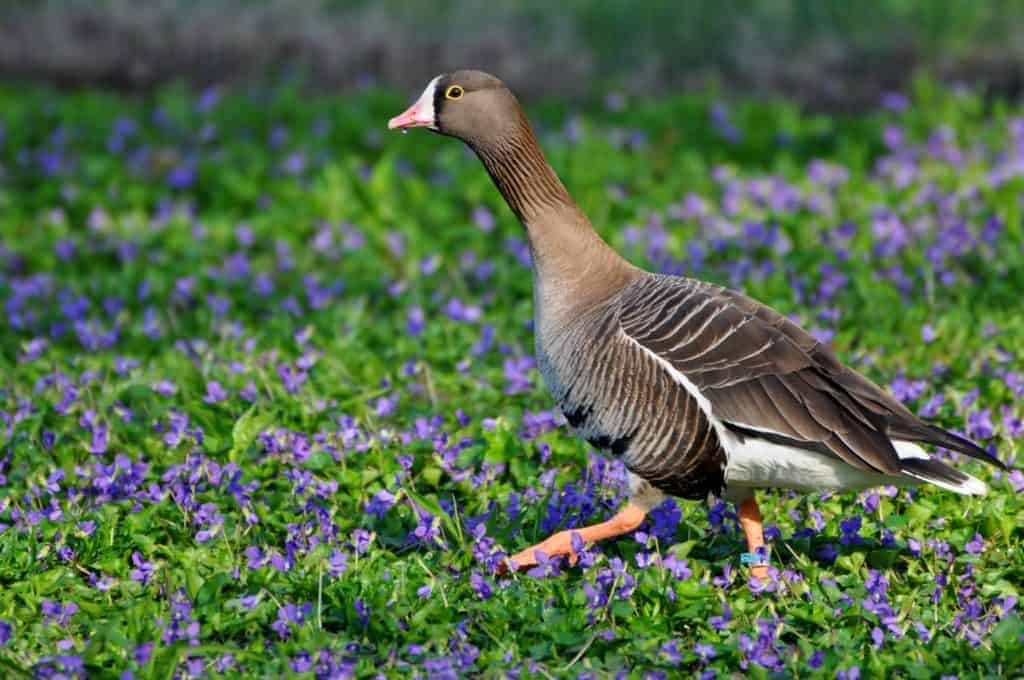
Smaller and daintier than the very similar Greater White-fronted Goose, the Lesser White-fronted Goose is best identified by its distinctive yellow eye ring, while the white blaze extends to the crown. It is also noticeably shorter beaked.
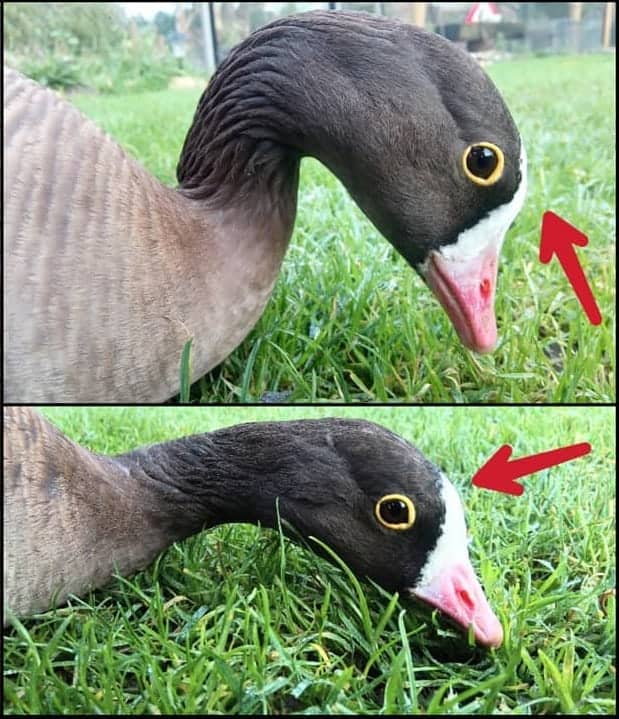
Sexes can be distinguished based on differences in size (the male being slightly bigger), posture and behaviour. The forehead of the gander (top) is more steep and angular than that of the goose.
Anser erythropus
Few European breeding birds have suffered such a drastic decline in numbers as the delightful Lesser White-fronted Goose. A century ago, flocks of up to 100,000 birds roosted on the Hortobágy puszta (vast cold, dry grass-plains) in Hungary on their autumn migration; today the number is closer to 100. Unsustainable hunting, together with the impact of drainage and altered land usage on the wintering grounds around the Caspian and Black Seas, are thought to be the main reasons for its decline. Predation has an inordinate impact on ailing populations such as this species’s, as does increased disturbance on its breeding grounds in arctic Norway, Sweden and Finland.
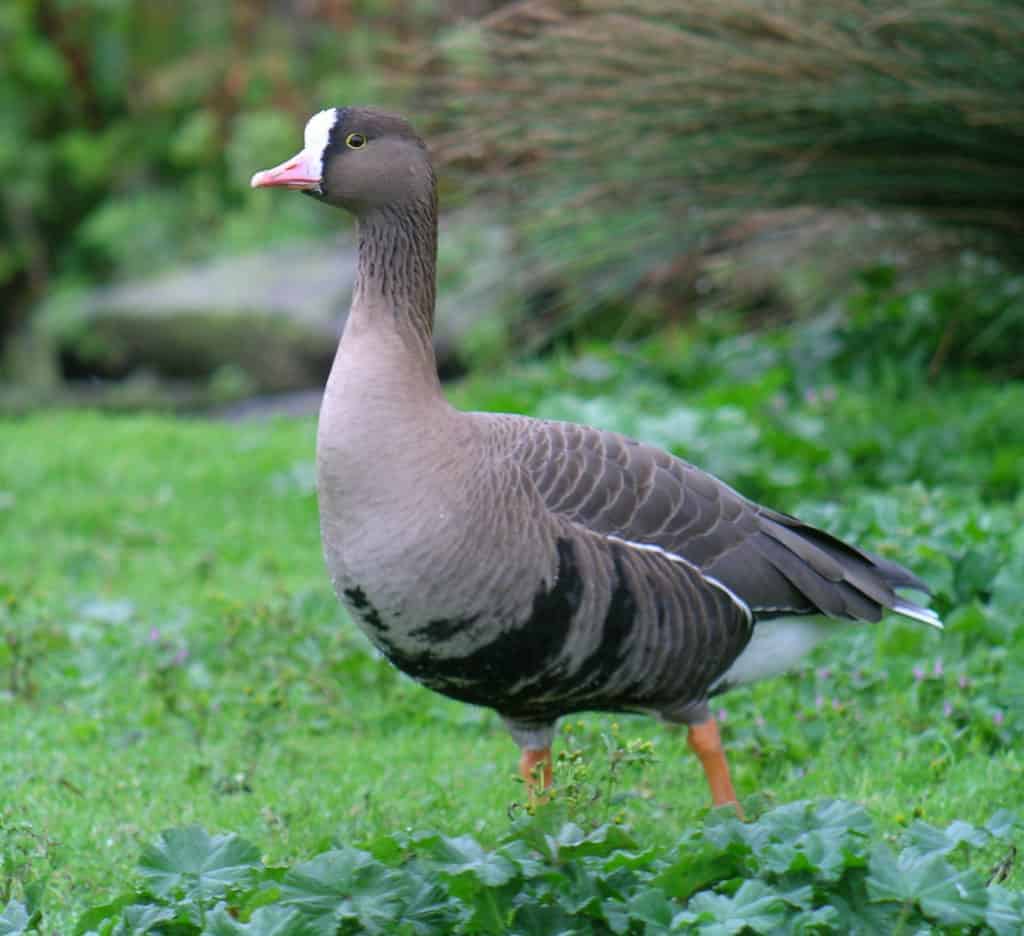
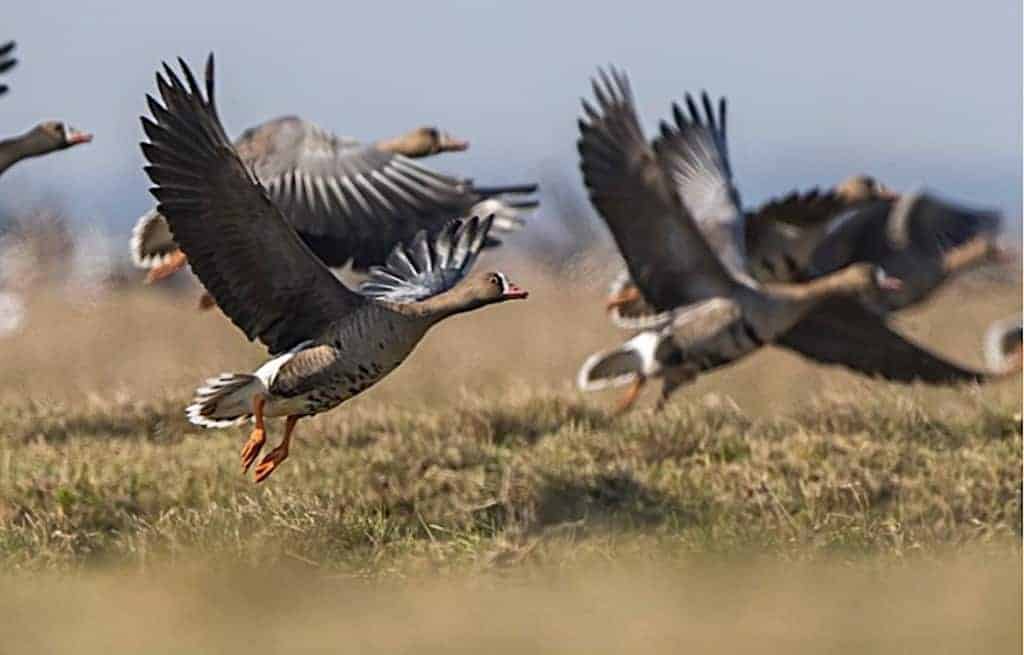
This decline makes the captive population of Lesser White-fronted Geese of great importance; a re-introduction project was established in Swedish Lapland between 1981 and 1991. These birds winter in the Netherlands.
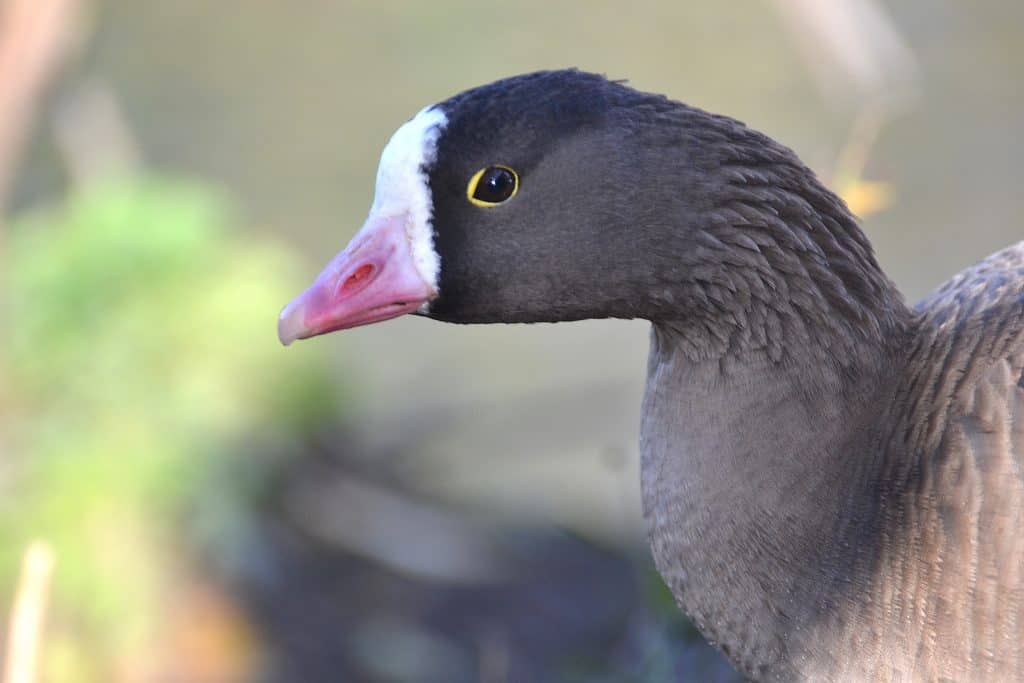
Well represented in European collections, Lesser White-fronted Geese thrive in captivity where they breed freely, but should be kept apart from their larger cousins, with which they will hybridise. Mature at two or three years old, Lesser White-fronted Geese make strong, permanent pair bonds. The goose lays a single clutch of 4–6 off-white eggs and incubates for 25 to 28 days. In the wild, juveniles stay with the parents until the following breeding season.
FURTHER READING
EU LIFE Nature, 2020. The Lesser White-fronted Goose LIFE Project
Share this page